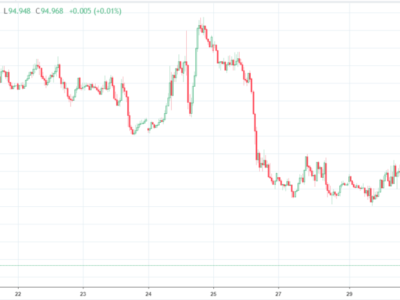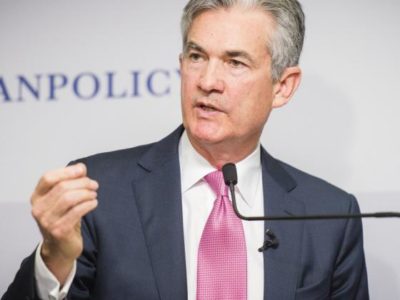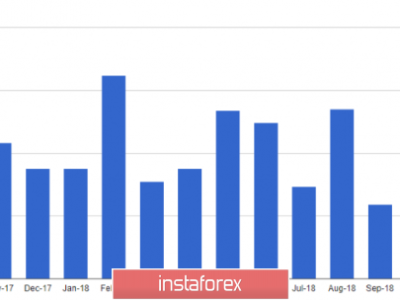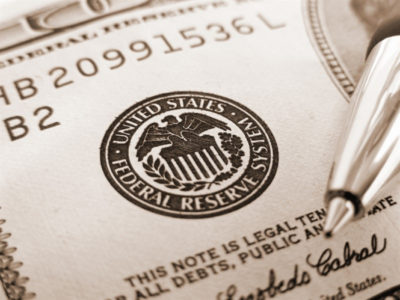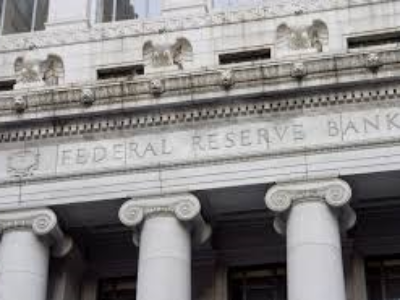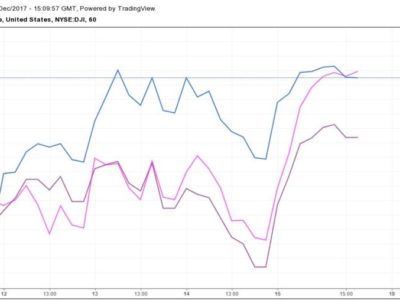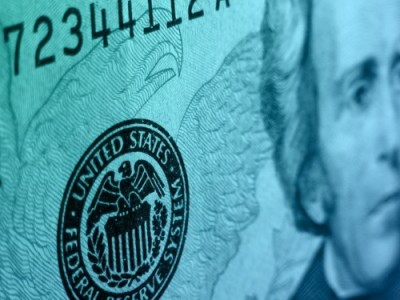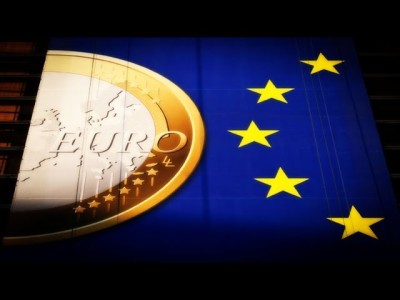US President-Elect Donald Trump Could Challenge Federal Reserve’s Independence
It’s no secret that US President-elect Donald Trump has expressed disdain over the Federal Reserve’s handling of monetary policy. On the campaign trail, he accused the US central bank of creating a “false economy” by propping up Wall Street with record-low interest rates. This, in his view, helped President Barack Obama.
“They’re keeping the rates down so that everything else doesn’t go down,” Trump said September in response to a potential rate hike by the Fed. “We have a very false economy… At some point the rates are going to have to change.”[1]
While Trump’s views are shared by many in the market community, his ascendency to the White House could challenge the principle of central bank independence – that is, if the hardline rhetoric doesn’t stop.
The case for an independent central bank rests on three points. First, a government that influences the central bank might be compelled to finance budget deficits by printing money. As Zimbabwe so aptly demonstrates, the consequences could be disastrous.
Secondly, central banks should be insulated from day-to-day politics to maintain stability with regards to monetary policy. It’s difficult to imagine a situation where Congress is in charge of adjusting interest rates.
Thirdly, monetary policy is a highly technical domain that is not only apolitical, but requires trusted advisors with a background in finance and economics.[2]
While the first two points remain convincing, the notion that monetary policy is highly technical and requires a special team of advisors no longer carries the same weight as it once did. For starters, central banks around the world have been easing monetary policy since the Great Depression to kick start growth and inflation. The results have been mediocre at best. In the case of the Bank of Japan, the policy efforts have so far failed to have their desired impact, leading officials to adopt a completely new strategy. This wouldn’t be so bad had they not already poured trillions of yen into their quantitative easing program.
The Federal Reserve first rolled out unconventional monetary policy, such as QE, following the financial crisis. Interest rates were slashed to a record low of 0.25% in December 2008, where they would remain for seven years. Since raising interest rates in December 2015, the Fed has revised its policy outlook several times amid dismal economic growth and weak inflation.
It should be noted that central bank independence isn’t all or nothing. The banks are already held accountable politically in many ways, and are routinely criticized for progress (or lack thereof) toward their operating mandates. In the United States, the Federal Reserve governors are appointed by the president and confirmed by the Senate. Fed Chair Janet Yellen regularly testifies before Congress on issues facing the US economy and monetary policy. In this vein, criticism is more than welcomed.
In Trump’s case, however, that criticism has bordered on intimidation. Trump has not just disagreed with Janet Yellen, he has accused her of failing to do her job.[3] That’s a slippery slope for the President-elect, who already faces accusations of being a political wildcard that could undermine what little is left of global economic stability.
For what it’s worth, the Fed is believed to be strongly considering raising interest rates on December 14. In fact, traders are almost sure of it. The likelihood of a December rate hike is more than 95%, according to the CME Group’s FedWatch Tool, which has long been used to express the market’s views on monetary policy.[4] A rate hike appears to be priced into the market, with the US dollar soaring to nearly 14-year highs against a basket of other major currencies.
The market has responded enthusiastically to Trump’s election win, with US stocks setting multiple record highs. That post-election optimism could stop dead in its tracks if the President decides to bully the Federal Reserve. After all, uncertainty is the bane of the financial markets, and nothing spells uncertainty more than a hazy outlook on US monetary policy.
Risk warning: Forward Rate Agreements, Options and CFDs (OTC Trading) are leveraged products that carry a substantial risk of loss up to your invested capital and may not be suitable for everyone. Please ensure that you understand fully the risks involved and do not invest money you cannot afford to lose. Our group of companies through its subsidiaries is licensed by the Cyprus Securities & Exchange Commission (Easy Forex Trading Ltd- CySEC, License Number 079/07), which has been passported in the European Union through the MiFID Directive and in Australia by ASIC (Easy Markets Pty Ltd -AFS license No. 246566).
[1] Reuters (September 6, 2016). “Donald Trump Says the Federal RESERVE Has Created a ‘False Economy’.” Fortune.
[2] Bloomberg Editorial Board (November 21, 2016). “Trump Shouldn’t Bully the Fed.”
[3] Bloomberg Editorial Board (November 21, 2016). “Trump Shouldn’t Bully the Fed.”
[4] CME Group. FedWatch Tool.

